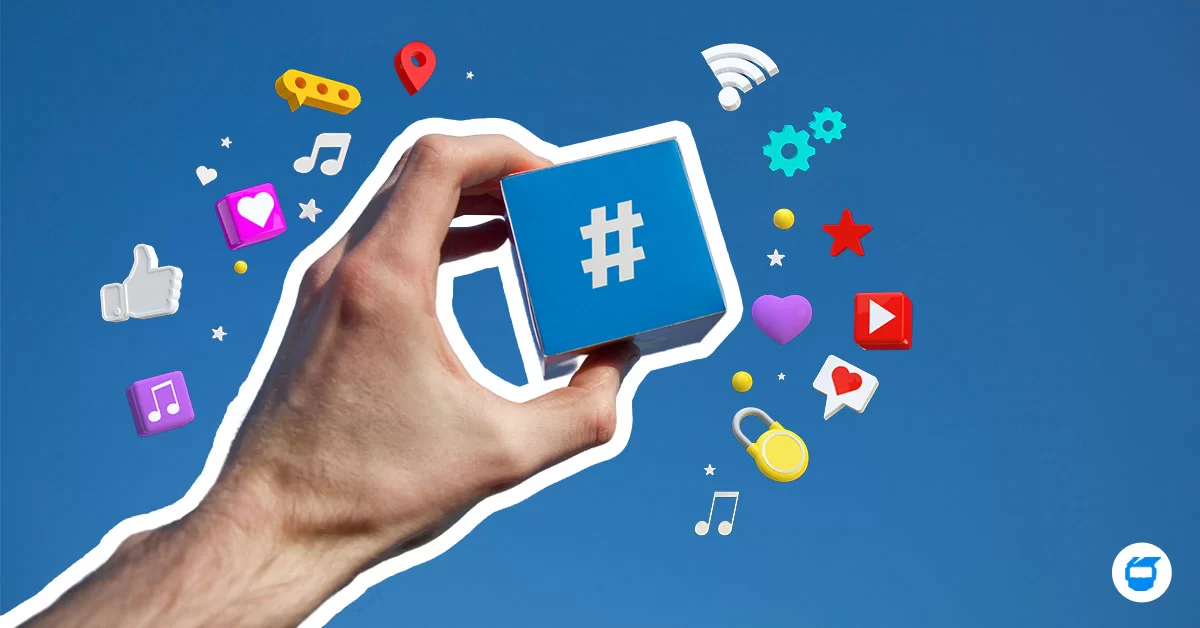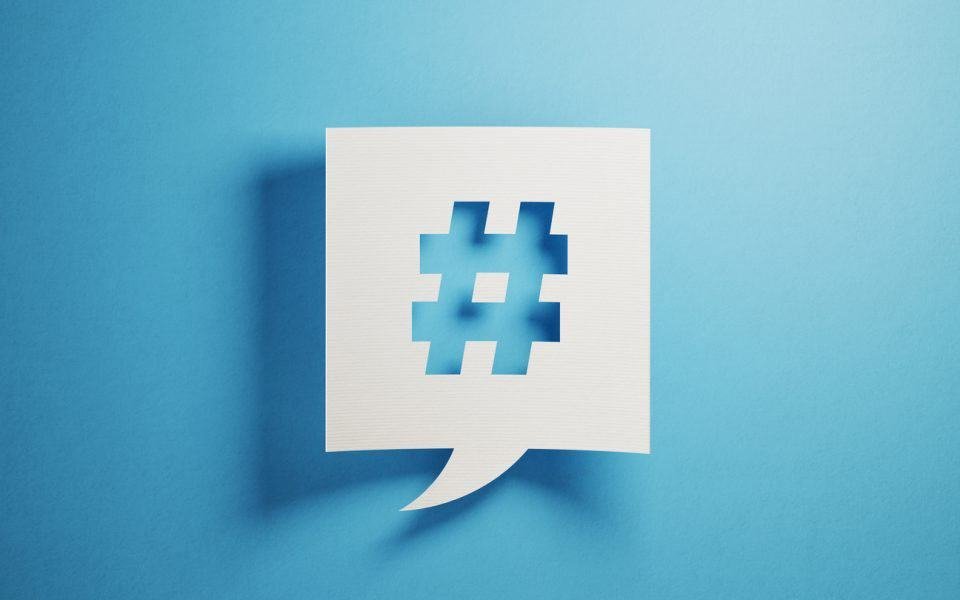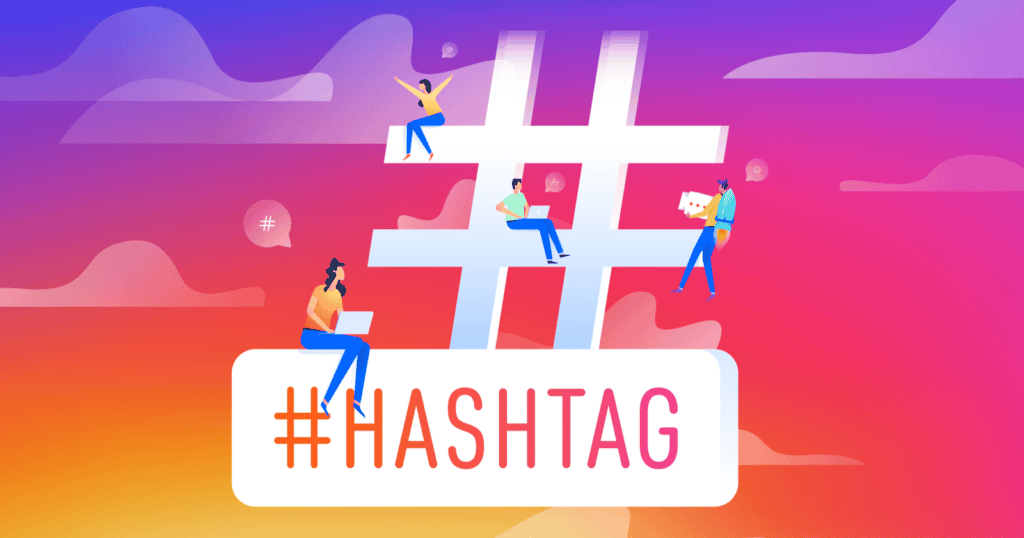Hey man, you Instagram star! Remember how everyone is saying “you gotta use the hashtags to succeed on Instagram!”, but somehow it all seems like so much vague mumbo-jumbo? Well, hold on to your little head, because today you’re about to discover the secret recipe of mastering Instagram hashtags in order to attain your end goal. Are you ready? Sweet! Get yourself a drink or a snack, lean back, close your door and get ready to unlock the secret power of the hashtag!
The Hashtag Revolution: Your Secret Weapon for Instagram dominance
So let’s get, ahem, hashtags rolling! Hashtags are really important for Instagram marketing, and they can be used in a multitude of ways, but with many more powers than you might first realise. They can enhance your post’s visibility, connect you with your target audience, and even help you find inspiration for your content. To truly unlock their potential, it’s essential to learn how to use hashtags effectively, including understanding trending tags and mixing popular ones with niche-specific options. By strategically incorporating hashtags, you can significantly increase engagement and expand your reach on the platform.
Instagram’s algorithm distributes content based on hashtag groups, and one study by Later found that posts with at least one hashtag are viewed 12.6% more than posts without. That’s not hayfever-worthy! But it’s not about slapping the first hashtag you find on your post and calling it an afternoon. Hashtags are an art, my friend. And we’re about to paint a masterpiece.
The Anatomy of a Killer Hashtag Strategy: What Makes It Tick?
It’s a hashtag, for heaven’s sake. How difficult can all of this be? Do you believe that the creation of a well-thought-out hashtag strategy is as easy as that? Let me tell you something.
First of all, you’ve identified the type of hashtag you use. On a very basic level, Hootsuite points out that there are generally three different types of hashtags: branded, community and campaign hashtags. Branded hashtags are specific to your business; community hashtags relate to your industry or niche; and campaign hashtags are more narrowly focused, pertaining to your specific marketing campaigns. A good strategy encompasses all three.
Not to mention the number of hashtags you should use. Instagram allows up to 30 hashtags per post, but you don’t have to use all 30 every time. According to a study by Track Maven, posts with 9 hashtags get the highest engagement, but each audience and niche is different.

Unleash the Power of Hashtag Research: Strategies That Will Blow Your Mind
Okay, so we’ve covered the basics. Now let’s talk research. Because if your hashtag strategy is only as good as the hashtags you choose, there are some seriously mind-boggling ways to find the hashtags your brand was born to use.
First and foremost, hashtag analytics tools exist. Tools such as Sprout Social and Keyhole can provide valuable data on how your hashtag is performing (reach, impressions, engagement rates) and help you find top trending hashtags in your niche. You can also track your branded hashtags to see how they grow over time.
But the best part is you can use these tools to spy on your competition’s hashtag strategies as well. Research suggests that by examining competitor hashtags, you can uncover holes in your own hashtag strategies, unearthing new, relevant hashtags you never thought of. Mention has produced a report on the topic.
The Secret Sauce: How to Optimize Your Hashtags for Maximum Impact
Next, have it optimised. You’re allowed a bunch of hashtags, but who’s to say they don’t want to work doubly hard for you, too? For starters, you’ll have to consider where to put hashtags. While Instagram offers the choice of putting them in either the caption or the first comment, according to a study by Social Insider, the reach of posts that have hashtags in the caption is 29.41% higher than those that have hashtags in the comment.
Secondly, think about the specificity of your hashtags: while it’s great to use popular hashtags, they’re often overcrowded. According to Later, mixing popular and niche-specific hashtags can help you get your posts in front of a more targeted audience (it’s better to use #vegancomfortfood instead of just #food, for instance).

Beyond the Basics: Advanced Hashtag Techniques for the Pros
Alright, you have your hashtag plan. Now let’s up the ante with some slick moves. Here are some advanced techniques that will really make you think.
One of the more potent is to make up and promote your own custom hashtag. According to Sprout Social, 70% of Instagram hashtags are branded, so a distinct yet easy-to-remember branded hashtag will help to build your brand and create user-generated content, to great effect—think about how iconic campaigns like Coca-Cola’s #ShareACoke or Airbnb’s #LiveThere have been.
However, you had best have something for them in return for using your hashtag. Perhaps it’s a competition, or the opportunity to be retweeted to your audience, or access to something exclusive. Regardless, you had best give them something they’re interested in.
The Power of Hashtag Communities: Building Engagement Through Connection
Now, about hashtag communities. These are groups of users who’ve frequently used and followed a particular set of hashtags with relevance to their interests. Tapping into these communities would substantially increase your engagement and reach.
In fact, a study by RivalIQ found that the average engagement rate of posts that used community hashtags was 5.95%, while the Instagram average was just 1.22%—a massive difference. So not only should you be using the right hashtags in your posts; you should be commenting on other posts that use those hashtags, sharing user-generated content to reap the rewards, and engaging in genuine community-building.
Measuring Success: Analytics and KPIs for Your Hashtag Strategy
Alrighty, time to talk numbers. Remember, as much as we all love racking up those likes, if you’re not keeping track of the right metrics, you’re practically flying blind. But the key to Instagram marketing is data.
Raise your first hand for reach. This is the number of different accounts who saw your post. As per Hootsuite, posts with at least one hashtag reach 29% more people than those without. But reach is just the beginning.
You also want to track engagement rate (likes, comments and shares divided by reach), impressions (the total number of times someone saw your post) and saves (how many people saved your post). Instagram Insights, as well as third-party analytics, can help you track these numbers.
A/B Testing: The Secret Weapon for Optimizing Your Hashtag Strategy
Here’s where the action starts: A/B, testing is the digital marketing superpower that lets you test different hashtag strategies to find out which ones drive the most traffic.
Perhaps you’d like to test one type of hashtag versus another (ie, switching between 100% English hashtags versus a mixed bag of English and emojis); or you wish to test different numbers of hashtags (perhaps your engaged followers like a variety of words, whereas your less-engaged followers respond better to a minimum of words). You could even test different placements—caption versus first comment—and run A/B tests to get things right. A study by Iconosquare showed that brands that frequently A/B tested their hashtags saw their average engagement given by followers increase by 39%.
Remember, optimisation is an iterative endeavour. The algorithm is never fixed in Instagram’s eyes, and optimisation is an ongoing game. Stuff that works one week won’t work the next. If you keep testing and tweaking, you’ll proceed ahead of the curve, and those follower numbers will just keep going up and up.
Conclusion
Well, there you have it. Instagram hashtags demystified: from the basics of strategy and getting your feet wet to advanced tactics and analytics, you should now have a good grasp of what’s needed to maximise your Instagram reach and engagement. Remember, the real secret to Instagram hashtag success is not just adding a few words to the end of your post. It’s about keeping your finger on the pulse, monitoring your target audience and their interests over time, plus the intelligence and data to refine your approach as well. In addition, leveraging tools like AI for Instagram hashtags and images can further enhance your strategy by providing insights and suggestions tailored to your audience’s preferences. By analyzing trends and engagement patterns, these technologies enable you to stay ahead of the competition and make informed decisions. Ultimately, embracing a data-driven approach will ensure your content remains relevant and resonates with your followers.
Armed with the tactics discussed here—from researching and optimising your hashtags to building communities and doing A/B testing—you can harness hashtags to grow your following on Instagram. Happy experimenting!
FAQs
Q: How many hashtags should I use on Instagram? Though Instagram supports a maximum of 30 hashtags per post, studies show that 9-11 hashtags are the sweet spot in terms of engagement, but it might be less or more depending on your niche and general audience, so better be experimental.
Should I put hashtags in my caption or the first comment? Posts with #s in the caption receive more reach than if they were in the comments. But on the flip side, most brands like to clean up the caption so it doesn’t get messy with hashtags, so they tend to put #s in the first comment. Always test it out and see which works best for your account.
How often should I change up my hashtags? You should update your strategy surrounding hashtags on a regular basis. Although you will have a core set of evergreen hashtags that will work well for your account, experiment with new, popular hashtags and update your strategy to your analytics. Aim to review regularly and update your hashtag strategy at least once a month.

